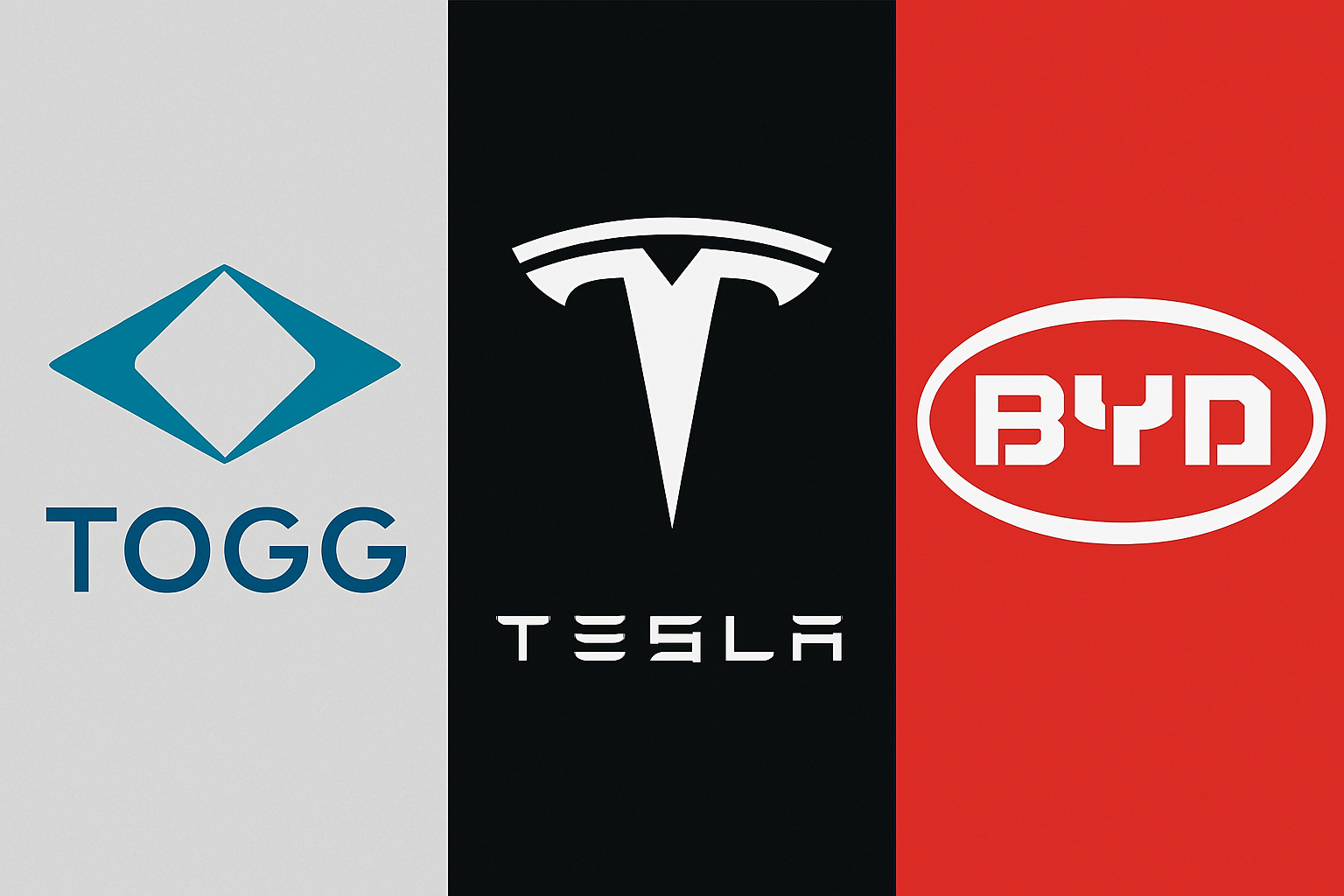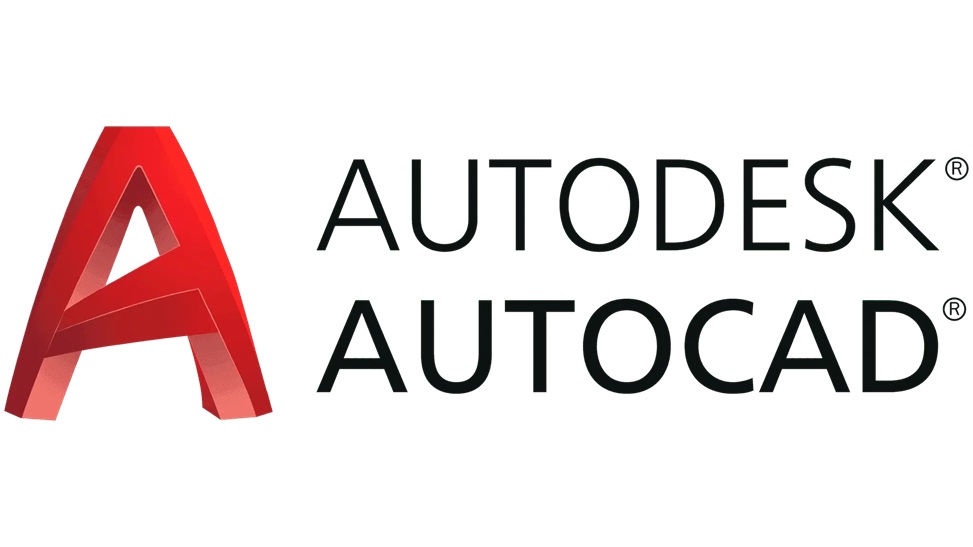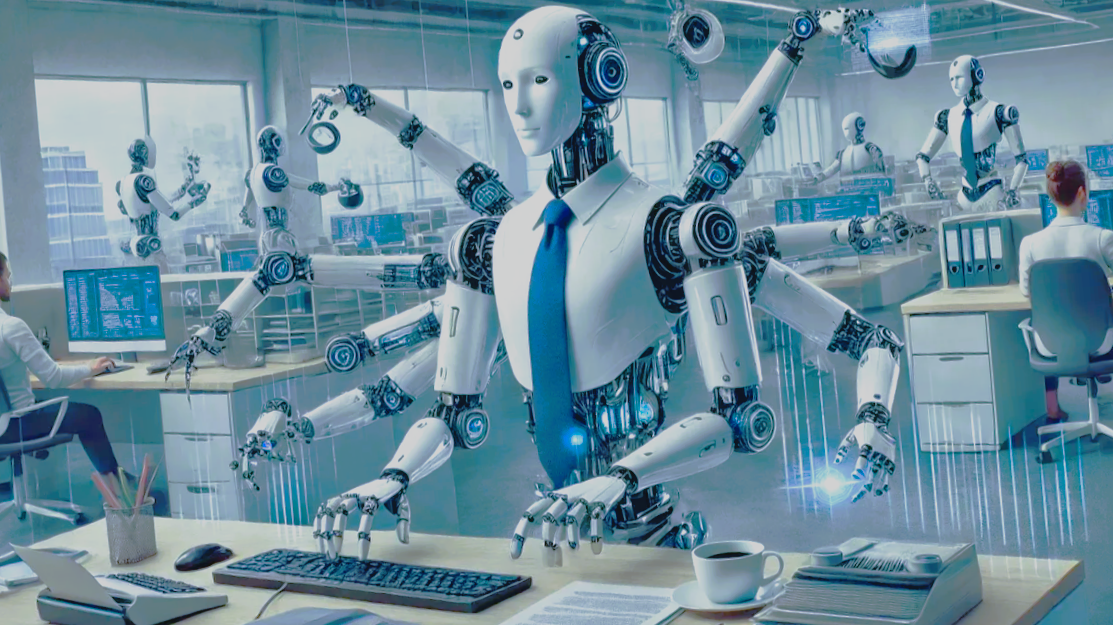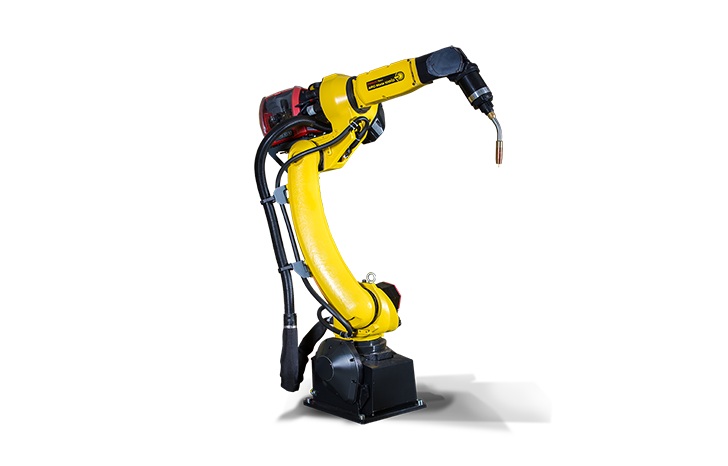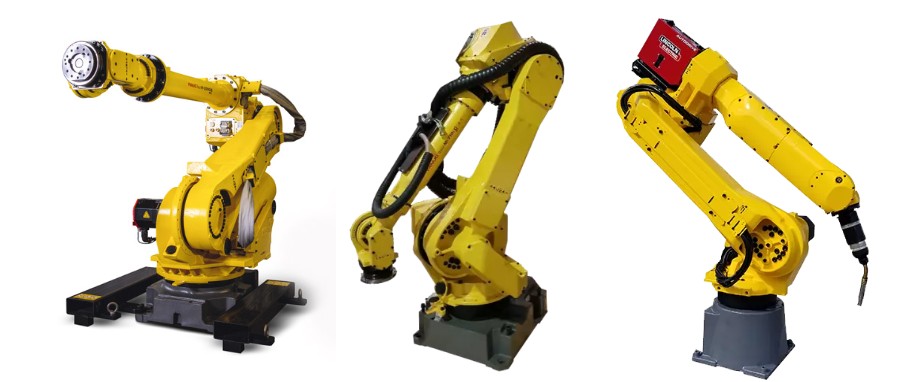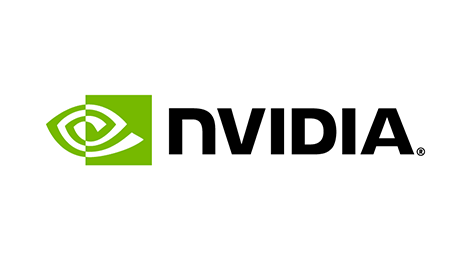
Nvidia CEO Jensen Huang has made waves at the Consumer Electronics Show (CES) 2025 in Las Vegas, unveiling a suite of groundbreaking advancements in artificial intelligence (AI) and robotics. Positioned as a transformative player in the industry, Nvidia is staking its claim in what Huang describes as a “multitrillion-dollar” robotics opportunity. These innovations are poised to redefine industries, from autonomous vehicles to humanoid robotics and beyond.
A New Era in AI Computing
Central to Nvidia’s presentation was the introduction of its new AI processor, now in full production, alongside the highly anticipated GeForce RTX 50-series GPUs for desktops and laptops. These technological leaps promise unparalleled enhancements in AI-driven rendering, real-time graphics capabilities, and overall computing power. The RTX 50-series GPUs, in particular, are expected to set a new benchmark for gamers, creators, and developers seeking cutting-edge performance.
Huang emphasized the company’s investment in “physical AI” with the launch of the Cosmos computing platform. Designed to accelerate the development of next-generation autonomous vehicles and robots, Cosmos leverages synthetic data—a game-changer for industries like transportation and logistics. Early adopters, including Uber, are already exploring the platform’s potential.
Humanoid Robotics Takes Center Stage
Perhaps the most captivating part of Nvidia’s showcase was the unveiling of the GR00T Blueprint, an AI model specifically designed to enhance humanoid robotics. This initiative underscores Nvidia’s ambition to lead the charge in integrating advanced AI into robots capable of revolutionizing manufacturing, healthcare, logistics, and more.
One of the standout features of the GR00T Blueprint is its reliance on imitation learning—a method that allows humanoid robots to acquire new skills by observing and mimicking human demonstrations. While traditional data collection methods can be time-intensive and costly, Nvidia’s use of synthetic motion generation enables the creation of vast datasets from minimal human input. This not only accelerates the learning process but also dramatically reduces development costs.
Strategic Partnerships and Industry Impact
Nvidia’s influence in the AI and robotics sectors is further cemented through strategic collaborations with leading companies. Partnerships with automotive giants like Toyota are driving advancements in self-driving technology, while alliances with Agility Robotics and Figure AI are focused on developing sophisticated humanoid robots. These collaborations highlight Nvidia’s role as a key enabler of innovation across diverse industries.
Project DIGITS: AI for Everyone
Another major highlight of Huang’s keynote was the announcement of Project DIGITS, a personal AI supercomputer priced at $3,000 and set for release in May. This ambitious project aims to democratize AI by making advanced computing power accessible to researchers, developers, and small enterprises. By lowering the barriers to entry, Nvidia is empowering a new wave of innovation in AI development.
A Vision for the Future
Huang’s vision extends far beyond the present. He envisions a future where AI-driven robots become integral to daily life, functioning as personal assistants and partners in both professional and personal settings. From reshaping industries to improving quality of life, Nvidia’s innovations hold the potential to redefine human-robot interaction.
The Bigger Picture
Nvidia’s bold steps in AI and robotics signify more than just technological advancements; they represent a paradigm shift. The company’s focus on accessibility, scalability, and innovation positions it as a leader in shaping the future of AI-driven solutions. As industries continue to embrace these technologies, Nvidia’s impact is likely to be felt across the globe.
Looking Ahead: Nvidia’s Future Prospects
As Nvidia continues to push the boundaries of AI and robotics, the company’s future holds immense promise. With its expanding portfolio of AI-driven solutions, Nvidia is poised to lead the way in making humanoid robots more capable, intuitive, and accessible. By combining hardware and software innovations, the company is likely to enable breakthroughs in industries such as healthcare, education, and elder care.
Moreover, Nvidia’s commitment to sustainability and energy efficiency in its technologies could position it as a critical player in addressing global challenges. The development of AI systems with lower energy requirements will not only enhance adoption but also align with broader environmental goals.
Investors and industry watchers will undoubtedly keep a close eye on Nvidia as it ventures further into uncharted territory, leveraging its expertise in accelerated computing to shape the next decade of technological progress. Whether through revolutionary products, strategic partnerships, or pioneering research, Nvidia’s trajectory suggests a future filled with innovation and impact.
The 3.4% rise in Nvidia’s stock ahead of Huang’s speech is a testament to investor confidence in the company’s vision. With initiatives like Cosmos, the GR00T Blueprint, and Project DIGITS, Nvidia is not just imagining the future—it’s building it.

